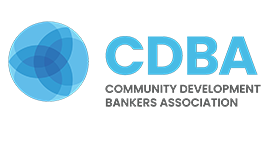Ignored by Banks, Indigenous Communities Build Their Own Financial System
Different demographic groups in the United States use banks in different ways. White Americans are far more likely to have a bank account and use banking services. Black, Indigenous and people of color, by contrast, are more likely to be unbanked or underbanked. A century ago, that was by design, but with the passage of anti-discrimination and anti-redlining laws in the 1960s and 1970s, nonwhite Americans have gradually been increasing their access to the financial mainstream. But there's one group that has been harder to reach than any other: Indigenous communities, and particularly Indigenous communities living on tribal reservations. According to the Federal Deposit Insurance Corp., more than 16% of people who identified as American Indian/Alaska Native were unbanked in 2019 — no checking or savings accounts, no bank loans. That percentage might not sound like a lot, but, for comparison, less than 2.5% of white people were unbanked in the same period. That makes Indigenous Americans the most unbanked demographic group the FDIC tracks. Some banks have managed to navigate these systems already. Native American Bank in Denver began in Montana in 1987 as Blackfeet National Bank, the first bank ever chartered by Indigenous peoples on a reservation. Today the $201 million-asset bank is partially owned by several tribal nations all over the country and has financed projects across 25 states. Tom Ogaard, president and CEO of Native American Bank, said success begins with familiarity.
